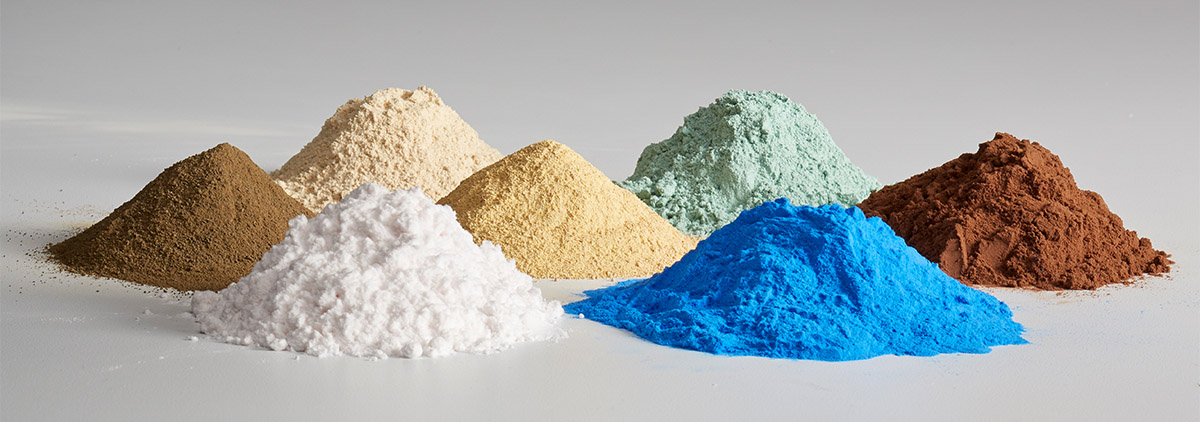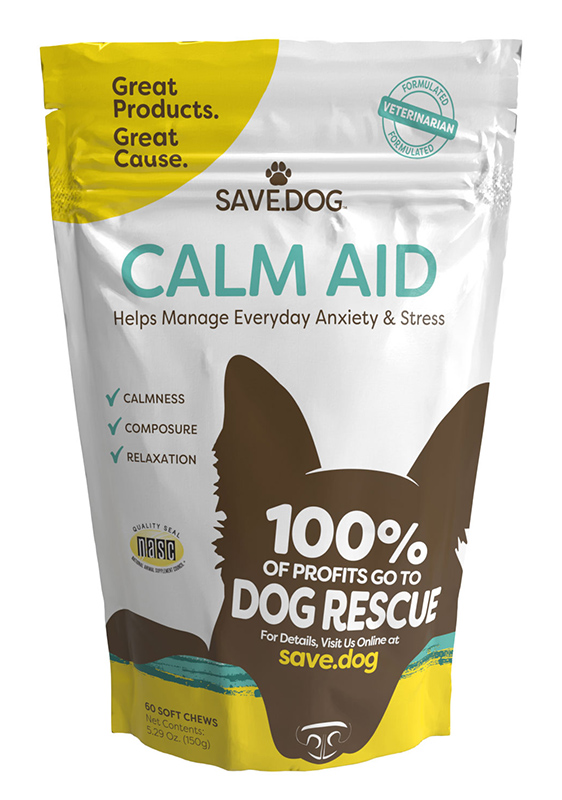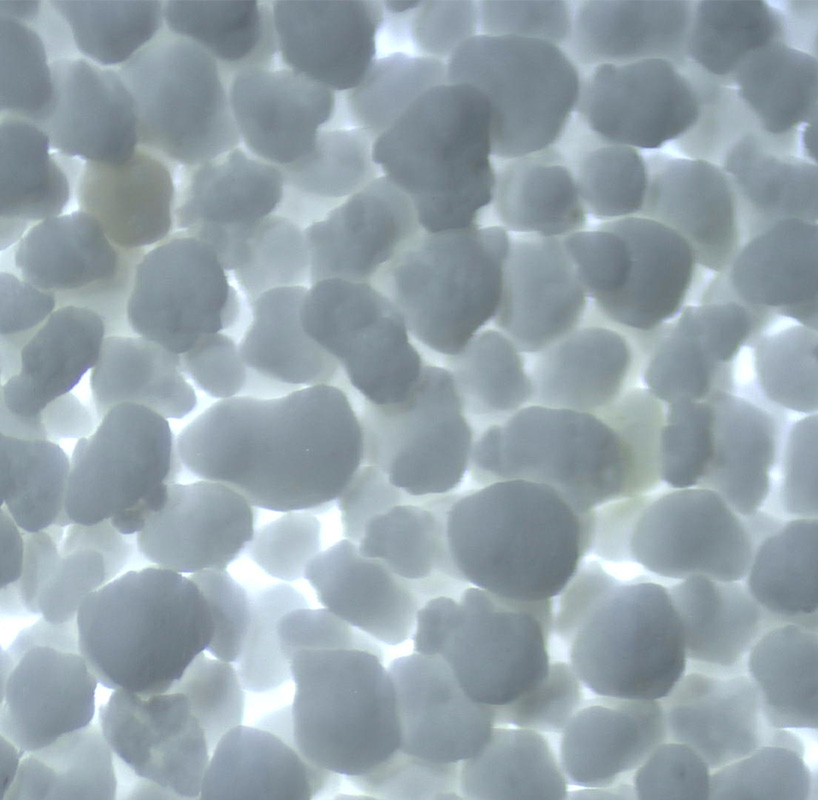This article was published in the July 2023 issue of Pet Food Processing. Read it and other articles from this issue in our July digital edition.
Pet food labels may be getting a makeover in order to be more transparent and easier to understand, per the Pet Food Label Modernization (PFLM) effort. Nutrient contents will be relayed in a format that resembles the Nutrition Facts required on human foods. The updated label will put the composition of pet foods front and center, enabling pet parents to make the best choice for their furry companion’s immediate and long-term health and wellness needs. Little things — also known as micronutrients — will be put in the spotlight. Pet food manufacturers will want to ensure that the product delivers what the label claims. That may require fortification of those nutrients required in small amounts, namely trace minerals.
“Pet parents only want the best for their ‘kids,’” said Angela Boyer, senior technical services manager-mineral nutrition, Phibro Animal Health Corp., Quincy, Ill. “A properly balanced diet built from ingredients that have food safety and efficacy integrated into them provides the nutrition necessary to support a pet’s general wellbeing.”

Mineral quality and consistent bioavailability start with high-quality ingredients and a scientifically proven chelation process.
|Allison Millican, companion animal nutritionist, Zinpro Corp., Eden Prairie, Minn., said, “Ingredients used in pet food often do not have enough of specific nutrients or they are in a form that is unabsorbable by the animal. Thus, fortification ensures requirements of these more challenging nutrients are being met and deficiencies avoided. Knowing the nutritional profiles of the various ingredients within a product will aid in determining the amount of fortification necessary to ensure the minimum daily requirement is met.
“In most cases, foods are fortified with vitamins and minerals since there is substantial variation in concentration and bioavailability of these nutrients within raw ingredients,” she added. “Other nutritional fortifications, like amino acids, are somewhat common as well.”
That’s because not all raw materials are created equal. Nutritional profiles of animal proteins, for example, may vary with seasonal changes in the animal’s diet. Plant-derived ingredients may also have varied compositions, especially if a pet food manufacturer relies on ingredients from multiple suppliers.
“Responsible pet food manufacturers are aware of the potential issues and formulate products with the goal of minimizing the impact,” Boyer said. “Many pet food manufacturers have extensive research that supports their products. In the end, the most important thing is to know your suppliers, recognize the ways they help and lean on them for support. It all comes together with a list of approved suppliers that have the geographic and supply chain diversity that allows for consistent supply even during times of global disruption.”
To fortify or not? That is the question.
“This is a very complex subject and many in the pet food industry overlook this critical aspect of product development and formulations,” said Eric Altom, Ph.D., technical nutritionist and director of companion animal innovations for the animal nutrition and health division, Balchem Corp., Montvale, NJ.

Save.Dog treats for dogs are packed with wholesome superfoods to provide required essential trace minerals. Kale, for example, is a source of calcium and potassium, while sweet potato contributes manganese.
|Though cats and dogs require only minute amounts of trace minerals, hence the name, they are necessary. Copper, for example, is involved with normal growth, cardiac function and hemoglobin production. Iron helps transport oxygen through the blood while also assisting with the respiratory process. Manganese is necessary for strong bones and aids in metabolism.
“Zinc is a transition metal and acts as a cofactor for more than 200 zinc containing enzymes involved in skin and wound healing, carbohydrate and protein metabolism, and cell replication, among many other roles,” said Blaire Aldridge, director of animal nutrition, BSM Partners, Columbia, Md.
The dosage of many trace minerals varies by species, age and other health factors. The Association of American Feed Control Officials (AAFCO) publishes minimum requirements to achieve proper nutrient levels to support overall health for different life stages.
“The accuracy of adding such a small amount [of trace minerals and other micronutrients] to a large batch of food is especially important, as error could cause health issues,” Aldridge said. “Further, nutrient requirements may change depending on the species, or life stage such as for growing or adult animals.
“…Fortification is only truly needed when the ingredients themselves cannot provide enough of a given nutrient,” said Blaire Aldridge, BSM Partners.
“Vitamins that degrade over time are commonly added to ensure targeted reliability to the end of a product’s shelf life,” she added. “However, fortification is only truly needed when the ingredients themselves cannot provide enough of a given nutrient. Thus, fortification depends on a given ingredient’s nutrient profile in combination with other ingredients but is not necessary if the requirements are met through the ingredients alone.”
360 Pet Nutrition, Los Angeles, for example, does not add any isolated micronutrients to its new Freeze Dried Raw Complete Meal for Adult Dogs, Chicken Formula. The product is made with high-quality chicken and vegetables to provide an inherently nutrient-dense meal. All of the ingredients are freeze-dried raw in their natural form to keep micronutrients intact.
“There are no fillers, grains or cereals. It’s nutrition, as nature intended,” according to the company. To prepare the food, the pet parent simply uses the chart on the bag to calculate how much food is needed for their dog’s size. Water is added to rehydrate the food, with a recommended 1:2 ratio of water to food.
Complete and balanced
Pet foods that are considered “complete and balanced” must meet the AAFCO guidelines and contain the minimum levels of critical nutrients. To meet requirements, nutrients are often added.
“The best sources of vitamins and minerals included in pet foods to ensure that they are complete sources of nutrition are synthetic and processed,” said Eric Altom, Ph.D., Balchem Corp.
“The best sources of vitamins and minerals included in pet foods to ensure that they are complete sources of nutrition are synthetic and processed,” Altom said. “For minerals, if consumers want a truly natural source, they would need to look for foods that are enriched with ground up rocks. There are very few natural sources of vitamins that are commercially viable.”
With trace minerals, regardless if they are synthetic or powdered rock, they require approval for use by AAFCO. Once in a food system, they do not break down or deteriorate over time. However, bioavailability and concentration must be considered.
Many come in the form of chelates. This is when amino acids are chemically bonded to the mineral to form a heterocyclic ring structure that allows for the mineral to have high bioavailability and limits unwanted interactions in the gut, which could limit the absorption of the mineral.
“Trace metals can, however, oxidize fatty acids and vitamins,” said Tayler Hansen, companion animal nutritionist, Trouw Nutrition USA, Highland, Ill. “We try to minimize vitamin oxidation by supplying separate vitamin and trace mineral premixes. Organic, chelated trace minerals also limit reactivity, which can improve product shelf life.”
Altom added, “Chelated minerals and organic trace minerals, in general, are more expensive than comparable inorganic mineral sources, but they have a proven track record to provide increased absorption and utilization by the pet, which results in increased health. Chelated minerals blend well with other ingredients and decrease negative interactions with other essential nutrients such as vitamins and essential fatty acids.”

Trace metals have been known to oxidize fatty acids and vitamins. To minimize these deleterious effects, two nutrient premixes may be used — one containing the trace minerals, with the rest of the added nutrients in the other.
|Most of the nutritionally relevant minerals can be offered as chelates.'
“The most common ones offered are the transition elements from the periodic table, namely zinc, copper, iron and manganese,” said Zack Lowman, global technical services specialist for monogastric-animal nutrition and health division at Balchem. “Magnesium and calcium can be chelated as well. Sodium and potassium cannot be chelated, and selenium is not in a chelated form.”
Selenium acts as an antioxidant within the pet’s body. One way to ensure adequate selenium in pet food is to add it in the form of selenium yeast.
“Selenium yeast delivers selenium in the state nature intended for animals,” said Michael Keith, senior vice president, nutrition and supply chain, Mid America Pet Food, Mount Pleasant, Texas. “It is absorbed by the animal as a protein. This allows the pet to accept and use it efficiently. Selenium yeast offers essential metabolism, cellular regeneration and immune response support. Selenium yeast can be absorbed in the bloodstream and is stored in cells for use during times of stress.”
Mid America Pet Food’s VICTOR brand has a nutritional purpose behind each ingredient utilized in its formulas. In addition to listing all ingredients on the packaging and website, the company provides additional information on its inclusion of trace minerals.
“We use selenium yeast and mineral complexes as part of our proprietary VPRO Blend,” Keith said. “We have an ‘ingredient’ page on our website dedicated to giving additional information on these complex organic trace minerals and other ingredients that make up VPRO.

Pet parents are looking for properly balanced diets to feed their four-legged companions, many of which contain trace minerals to ensure proper nutrition.
|“Our essential mineral complexes (zinc, manganese and iron) work on the cellular level to promote efficient metabolic function and support a healthy coat and skin, paw pad integrity, and a strong immune system,” he added. “Mineral complexes also support wound healing, cell division and synthesis function, all necessary for skeletal growth, joint cartilage health and reproductive system integrity.”
Aldridge added, “The AAFCO generally does not restrict the use of approved trace minerals in pet food, but there are certain analytes that have an upper limit, such as calcium, phosphorus, selenium and iodine for dogs.”
The AAFCO also provides comprehensive guidance for how to detail approved ingredients in the ingredient statement. For example, AAFCO requires that a package cannot just say “copper” but rather to specify the specific form of copper, such as copper sulfate, copper amino acid complex or copper gluconate, among others.
Every market also has different nutritional requirements. In the United States, for example, there is no upper limit on copper; however, there is a limit in the European Union.
“While these are strict guidelines, a qualified nutritionist will ensure that a given formula is well balanced, and not excessively high in any one given mineral, particularly because nutritional research moves far faster than the nutritional guidelines are updated,” Aldridge said. “A good example of this is that excessive amounts of zinc could cause a copper deficiency, even if proper copper levels are added to the diet. Relying on a qualified nutritionist to help understand best practices in formulation and have that knowledge integrated into a formulation is critical to ensuring the health and wellbeing of pets.”
Using a premix
Because micronutrients are used in small quantities, they are often blended together with an inert carrier and added to the food formulation in what is called a “premix.” Premixes simplify the manufacturing process and reduce error at the pet food manufacturing facility.
“Using a premix allows for increased safety and quality,” Keith said. “When utilizing a premix, we are working with a more uniform mix of batched ingredients, which can improve mixer uniformity of the finished formulas.”
Boyer said, “A premix also allows for one weighment and addition into the pet food instead of handling each individual mineral. This reduces purchasing, inventory and manufacturing complexity.”
Trace mineral premixes comprise less than 1% of a formula, and even that 1% is not all minerals. It includes inert carriers, protectants and possibly anti-clumping agents.
“Pet food companies can partner with premix manufacturers to create custom trace mineral blends to complement other dietary ingredients, minimize negative ingredient interactions or meet product claims,” said Tayler Hansen, Trouw Nutrition USA.
“A typical trace mineral premix will supplement iron, copper, manganese and zinc,” Hansen said. “Pet food companies can partner with premix manufacturers to create custom trace mineral blends to complement other dietary ingredients, minimize negative ingredient interactions or meet product claims.
“A consistent supply of trace minerals outweighs premix costs to ensure nutritional adequacy,” she added. “A well-designed pet food formula accounts for trace mineral supplementation and the availability of trace metals from other ingredients to provide safe levels of micronutrients in pet food.”
Read more about product development, ingredients and formulation.





